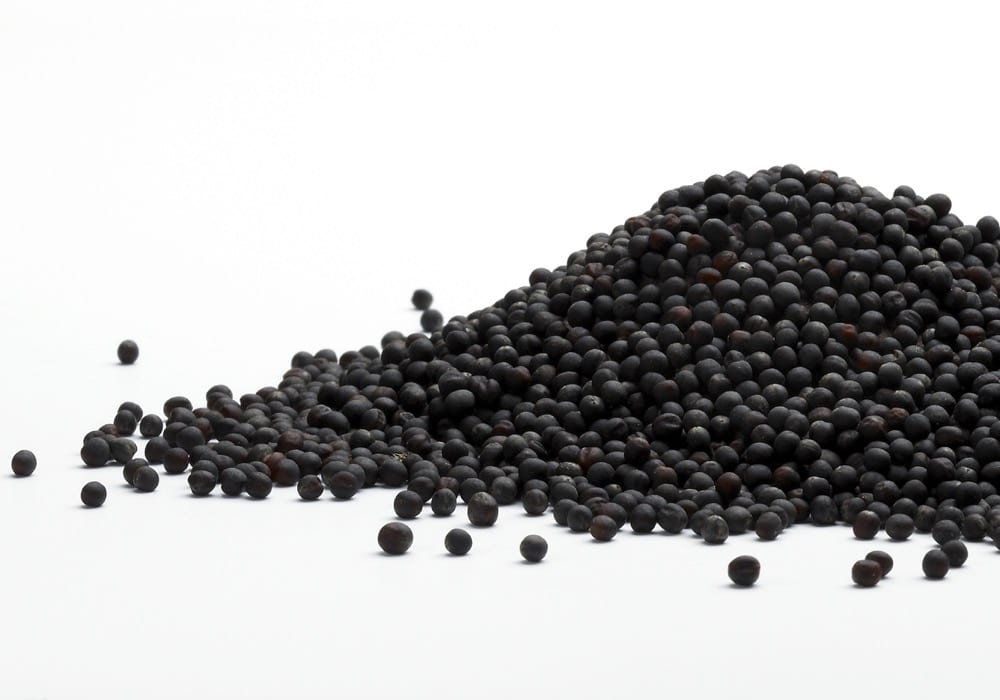Canola contracts on the ICE Futures platform moved lower during the week ended Jan. 11, nearing major chart support as a number of factors conspired against the commodity.
Losses in the Chicago Board of Trade soy complex were a major bearish influence on canola, as uncertainty over Chinese demand and looming South American crops weighed on soybeans.
U.S. representatives met with their Chinese counterparts in Beijing during the week and reportedly made some headway on trade negotiations. However, while both sides were generally positive following the talks, no concrete movement came out of the discussions and Chinese tariffs continue to limit purchases of U.S. soybeans.
Read Also

Canola market finds upside as U.S.-Canada trade talks restart
Biofuels inclusion in U.S. “Big Beautiful Bill” thought to be a silver lining for Canadian canola in the first week of July.
Adverse weather conditions in parts of South America were enough to lend some modest support to Chicago soybeans, with a number of forecasters lowering their Brazilian and Argentine crop projections. However, total supplies out of the continent are still expected to be large overall, with early-harvested soybeans already starting to become available out of Brazil. The availability of new-crop supplies out of South America will likely shut the door on additional U.S. business to China, even if a trade settlement is reached.
On top of any trade and weather issues, the ongoing partial U.S. government shutdown also kept an air of uncertainty in the grain and oilseed markets. A number of key U.S. Department of Agriculture reports have been delayed indefinitely by the shutdown, including the much-watched January supply/demand report. That report was supposed to be released on Jan. 11 and would have provided updated estimates on exports as well as USDA’s South American crop numbers, among other things.
Canadian data is still flowing at its normal pace, with the latest numbers from the Canadian Grain Commission adding to the generally softer tone in canola.
Both exports and the domestic crush pace for canola are now running behind their year-ago levels, while large visible supplies in the commercial pipeline should limit the need for end-users to be aggressive on the buy side.
Continued strength in the Canadian dollar was another bearish influence in the background of the canola market, with the currency jumping sharply in the first weeks of 2019 to trade nearly two U.S. cents higher than the close of 2018.
The strong currency put some pressure on Canadian cash wheat bids, but U.S. futures held reasonably steady on the week despite some choppy day-to-day activity. There are ideas that U.S. wheat is starting to look more attractive on the global export market, as Russian exportable supplies should be getting tight.
Corn futures in Chicago were down slightly on the week, although the market remains stuck in a sideways trading range overall.




















